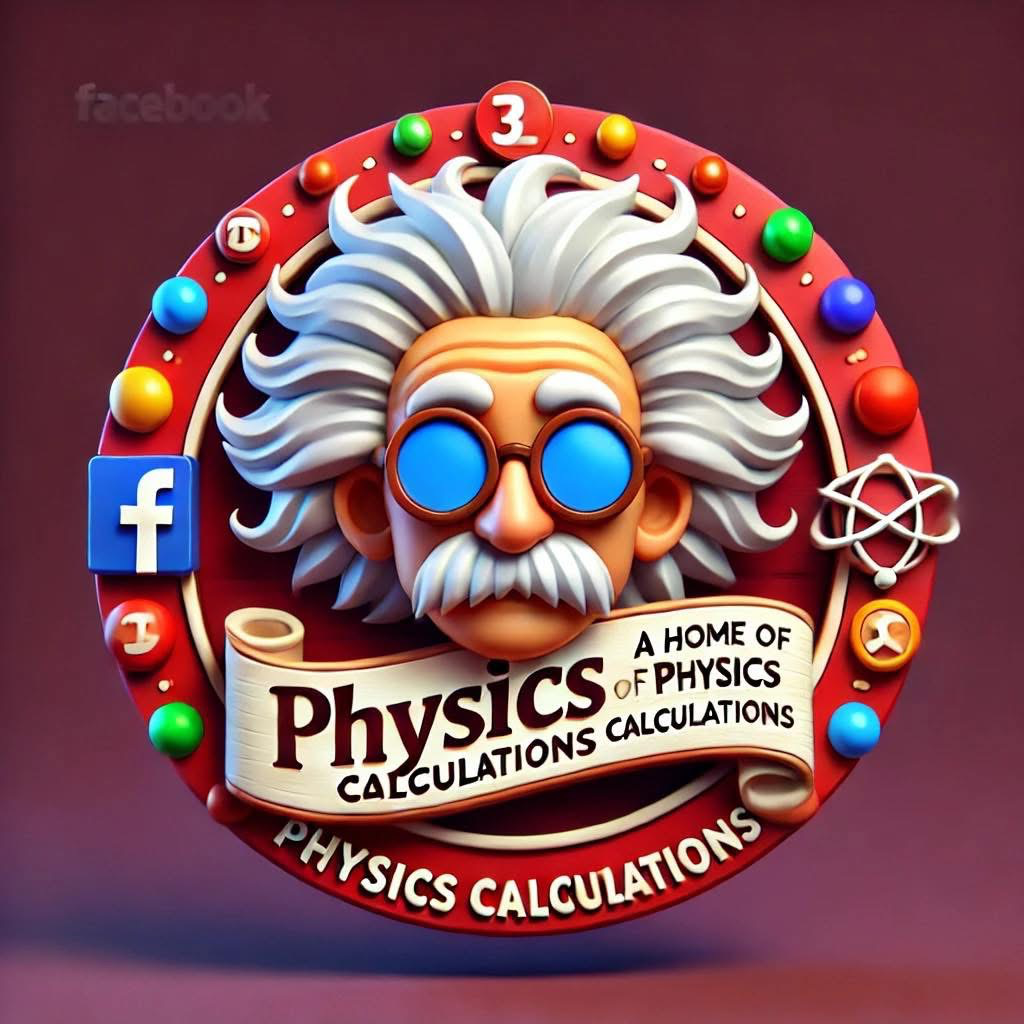What is a periscope in physics
Aug 25, 2025
Explanation of periscope in physics
View Video Transcript
0:00
What is a periscope in physics?
0:02
Definition: A periscope is an optical
0:05
instrument that uses mirrors or prisms
0:07
to allow observation of objects that are
0:10
not in the direct line of sight.
0:12
Explanation: A simple periscope consists
0:15
of a tube with plain mirrors or prisms
0:17
placed at 45 angles. Light from the
0:21
object reflects off the top mirror down
0:23
the tube, then off the bottom mirror
0:25
into the observer's eyes. This lets a
0:28
person see over obstacles or around
0:31
corners without being exposed. Imagine,
0:33
think of hiding behind a wall but still
0:36
being able to see above it using a long
0:38
tube with mirrors inside. That's exactly
0:41
how a periscope works. In simple terms,
0:44
a periscope lets you see around corners
0:47
using mirrors. Formula concept law of
0:50
reflection. Angle of incidence I equals
0:53
angle of reflection are key points. Uses
0:56
to plane mirrors or prisms set at 45.
0:59
Works on the principle of reflection of
1:01
light. Can be simple toy periscopes or
1:04
complex submarines. Allows indirect
1:07
vision without direct exposure.
1:09
Examples. Soldiers using periscopes in
1:12
trenches. Submarines observing above
1:15
water. Periscopes and armored vehicles.
1:18
Applications of relevance. Submarines.
1:21
Military trench warfare. Armored
1:23
vehicles. Scientific instruments.
1:26
Education. Demonstrates reflection of
1:29
light. Question. Why are mirrors in a
1:31
periscope placed at 45? Answer. Because
1:35
at 45, mirrors reflect light at 90,
1:38
perfectly directing the image down the
1:40
tube to the observer.
#Physics

